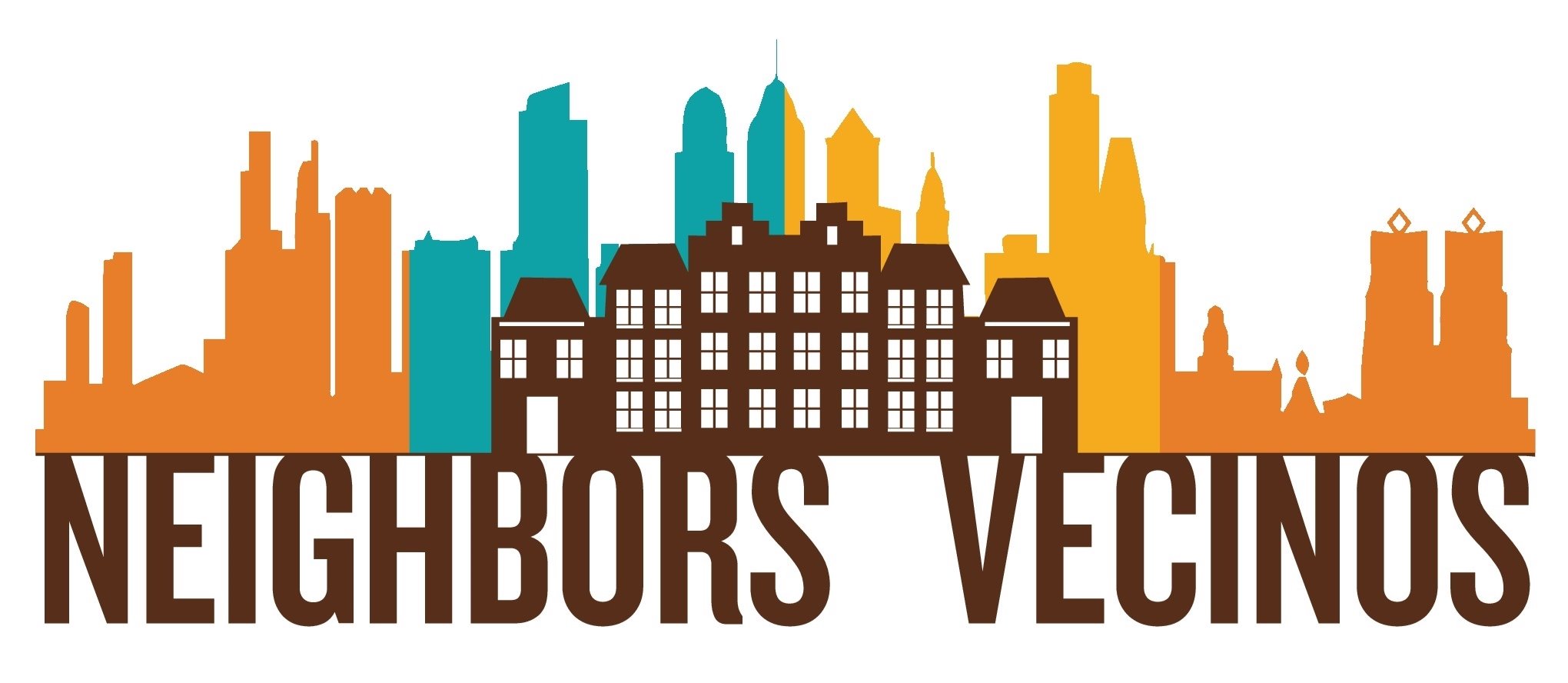1898: The United States Invades Puerto Rico
 |
|
Image from the Historical Society of Pennsylvania |
The invasion of Puerto Rico by the United States occurred as a direct result of the Spanish-American War of 1898. War broke out between the two countries in April of 1898, and it soon became the objective of the Americans to seize the Spanish colonies in the Atlantic —that is, Puerto Rico and Cuba, as well as the Philippines and Guam in the Pacific. On May 12, US battleships bombarded the city of San Juan. When the troops invaded and subdued the inner cities, the Treaty of Paris of 1898 was signed, and the American flag was raised over the island.
Colonialism shaped Puerto Rican migration to the United States before and after the invasion. Even under Spanish dominance, emerging economic ties between Puerto Rico and the United States brought merchants to the eastern seaboard and to American centers of tobacco production. Ships brought sugar and molasses to the port of Philadelphia, and merchants settled and created social networks.Puerto Rico had been under Spanish rule for over 400 years. The years between the invasion and Puerto Rico’s acquired status as an American territory were complex. Many Puerto Ricans were hostile to the invasion. While the Americans saw their role as liberators, the public (exemplified, for example, by the Puerto Rican Youth Movement) saw such actions as the dissolution of the autonomous Parliament and the change in currency from the Peso to the dollar as part of an effort to destroy Puerto Rican culture, traditions, customs, and national language.
From the American point of view, things went quite well. A report written in November 1898 to John Rutter Brook, Military Governor in Puerto Rico, stated: “The whole island hails with enthusiasm the economical [sic] reforms ordered by you and await others that may complete the work of transformation so happily begun.” Henry K. Carroll, Special Commissioner for the United States to Puerto Rico, in a report written in 1899, declared, “All classes of natives of the island welcomed the American Army, American occupation, and American methods and accepted without hesitation the stars and stripes.” In fact, while most of the 900,000 inhabitants welcomed the end of Spanish rule, they were divided in welcoming the Americans. For many, the hunger for true independence was palpable. Others thought an association with the United States would bring increased trade and prosperity. As the new political circumstances developed, American economic dominance fundamentally changed a way of life. There was a reshaping in land tenure, income distribution, and internal migration. Foreign owners of productive assets had the power to change the economic structure of the island, to the detriment of many of its inhabitants.
In 1901, the United States implemented the Foraker Act, which provided for a civil government in Puerto Rico. For many, this was viewed as an attempt to supplant love for Puerto Rico with loyalty to the United States. An uneasy relationship between Puerto Rico and the mainland remained and remains to this day.
Written by Randi Kamine, who earned her M.A. in History at Temple University and volunteers at the Historical Society of Pennsylvania and the Independence Seaport Museum, where she works in the institution's archives.
See the Spanish version of this page here.
For more context on this event, see the Politics page.
Further Resources
- Ayala, Cesar J. Puerto Rico in the American Century: A History Since 1898. University of North Caroline Press: 2007.
- Carroll, Henry K. Report on the Island of Puerto Rico (reprinted 1975).
- “Military Intelligence Reports on Troops In Puerto Rico, June 1898.” Historical Society of Pennsylvania. John Rutter Brook Papers 1861-1902.
- “Puerto Rico: A Colony of the United States.” Puerto Rico Youth Movement, 1969.
